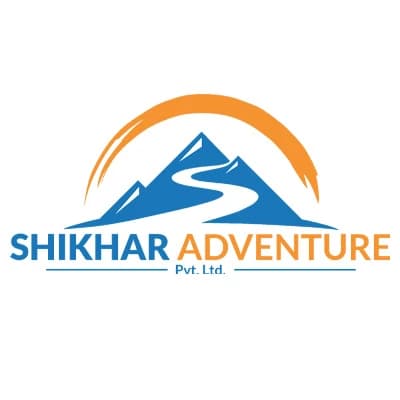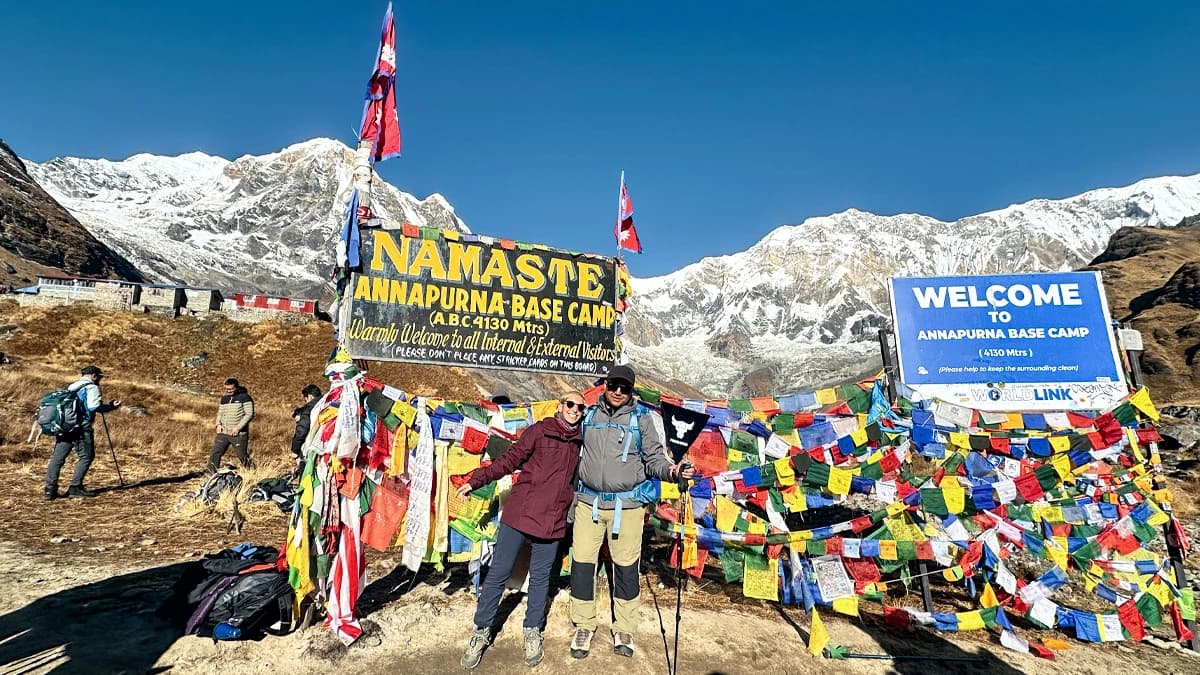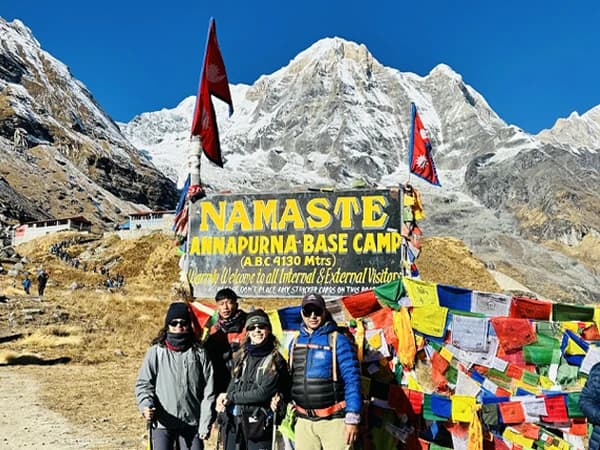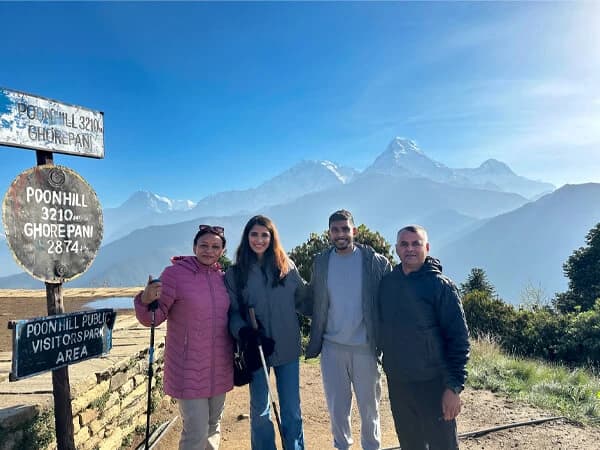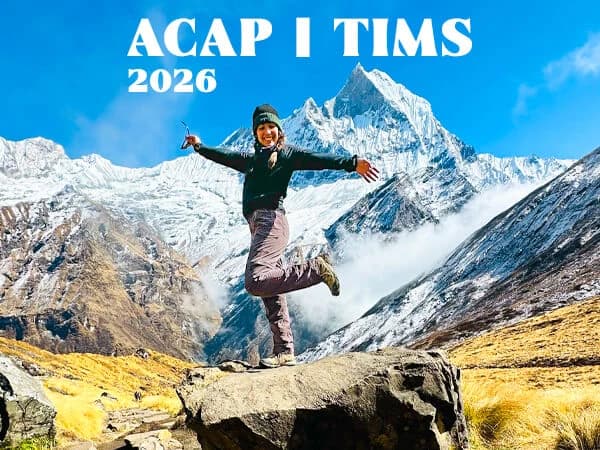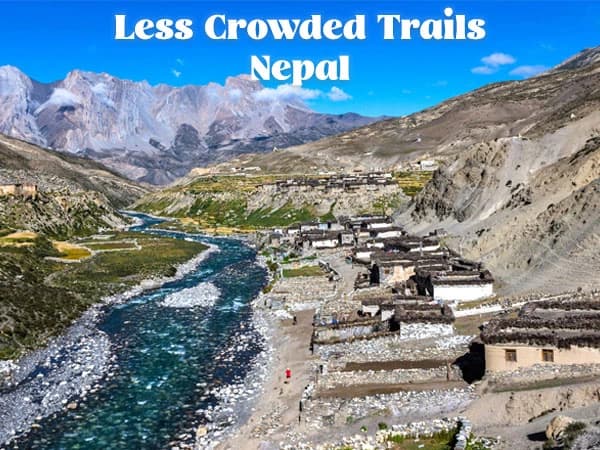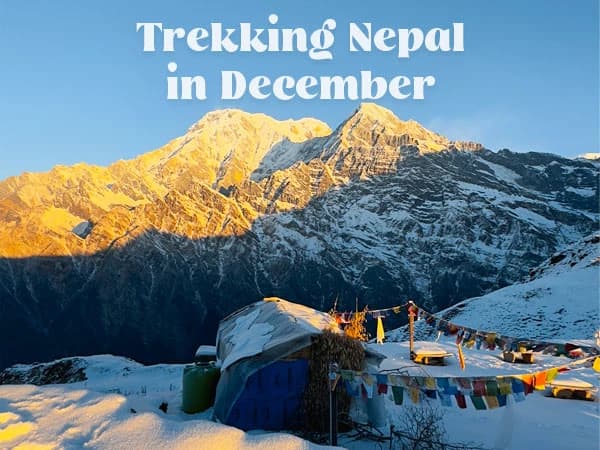Mastering the Annapurna Base Camp Trek: The Ultimate Preparation Guide
The Annapurna Base Camp (ABC) trek is a wonderful 12-day trek in the heart of Annapurna. The trek is a wonderful mixture of exposure to culture, wonderful mountainscapes, and a demanding yet fulfilling hiking adventure. Proper preparation is key to a trouble-free trekking adventure. The guide here covers everything you would need to know, such as body conditioning, packing needs, preventing altitude sickness, permits, budget, etc.
Getting Fit & Training
For trekking to ABC, you should be fairly fit. The trekking route has steep inclines, rocky terrain, and great heights, so preparing your body beforehand will improve your experience.
Cardio & Stamina
- Start a regular jogging, hiking, or cycling schedule at least 6-8 weeks in advance of trekking.
- Daily walk of 5-10 km, progressive gain in altitude.
- Practice ascending and descending a flight of stairs carrying a loaded pack to simulate trekking.
Strength Training
- Squats, lunges, calf raises to condition leg muscle.
- Planks, sit-ups to build up the core.
- Exercise upper body to allow you to carry a loaded pack.
Hiking Training
- Practice hiking in hilly terrain carrying a loaded pack of weight between 7-10 kg.
- Practice using trekking poles to maintain balance as well as to take load off knees.
Packing List & Trekking Gear
Packing appropriately ensures a comfortable and safe trek. Carry only the essentials to avoid unnecessary weight.
| Item | Quantity | Purpose |
| Base layers | 2-3 | Moisture control, warmth |
| Insulation layers | 1-2 | Protection against cold temperatures |
| Waterproof jacket | 1 | Shields from rain and wind |
| Trekking pants | 2 | Lightweight, quick-dry material |
| Gloves & hat | 1 each | Warmth in cold conditions |
| Trekking socks | 3-4 pairs | Prevents blisters, keeps feet dry |
Footwear
- High-quality trekking boots (waterproof, ankle support, broken in before trekking).
- Extra laces and gaiters to keep out debris and snow.
Other Essentials
- Daypack (25-30L) for daily use.
- Sleeping bag (-10°C to -15°C rating for winter months).
- Trekking poles for support on rough terrain.
- Headlamp & extra batteries for nighttime use.
- Power bank and solar charger for devices.
- Basic first-aid kit (painkillers, antiseptics, Diamox for altitude sickness).
Acclimatization & Altitude Sickness Prevention
Annapurna Base Camp sits at 4,130m, and altitude sickness can be a real challenge if you ascend too quickly.
Symptoms of AMS (Acute Mountain Sickness)
- Headache, nausea, dizziness.
- Shortness of breath, difficulty sleeping.
- Loss of appetite and extreme fatigue.
Tips to Avoid Altitude Mountain Sickness (AMS)
- Stick to the rule of gradual ascent (less than 500m gain per day up to 3,000m).
- Drink 3-4 liters of fluid per day to stay hydrated.
- Avoid alcohol, tobacco smoking, and heavy meals at high altitude.
- Use Diamox (consult with your guide).
Best Time to Trek
Choosing the right season ensures the best trekking experience.
| Season | Months | Weather & Trail Conditions |
| Spring | March-May | Clear skies, mild temperatures, rhododendron blooms |
| Autumn | Sep-nov | Best visibility, stable weather, busiest season |
| Winter | Dec-Feb | Cold temperatures, possible snowfall |
| Monsoon | June-Aug | Cold temperatures, possible snowfall |
👉 Check out our Annapurna Base Camp Trek 12 Days itinerary for detailed route plans.
Permits & Regulations
| Permit Type | Cost(Foreigners) | Where to get it |
| ACAP permit | USD 30 | Kathmandu or Pokhara |
Permit is mandatory and checked at entry/exit points along the trail.
Accommodation & Food on the Trail
Teahouses along the route provide basic but comfortable lodging.
Food Choices
- Dal Bhat (rice, lentils, vegetables) – High-energy staple.
- Momos, noodles, pasta – Common and readily available.
- Ginger lemon tea, soups – Help keep you warm.
- Energy bars, nuts, chocolates – Great for quick snacks.
Budget & Costs Breakdown
| Expense | Estimated Cost(USD) |
| Permits | $30 |
| Accommodation | $8-$12 per night |
| Food | $8-$12 per meal |
| Guide (Highly recommended) | $25-$30 per day |
| Porter (Optional) | $18-$22 per day |
| Miscellaneous | $50-$100 |
| Total (approx.) | $600-$900 |
Solo vs. Guided Trek – Which is Better?
| Option | Pros | Cons |
| Solo | Freedom, cost-effective | Navigation challenges, riskier in emergencies |
| Guided | Safer, cultural insights, hassle-free | Slightly Higher cost |
👉 Check our Annapurna Region Trek packages for guided options.
Travel Insurance and Emergency Planning
Make sure that your insurance includes helicopter rescue and treatment of altitude sickness.
Make it easy to find emergency phone numbers and local embassy details.
Conclusion
With good preparation, Annapurna Base Camp is a wonderful adventure. Prepare in advance, pack accordingly, and trek safely. Whether you trek independently or with a guide, ABC trek is a wonderful nature and local culture experience.
Need Help Planning Your Trek?
👉 Contact us today for expert-guided treks and customized itineraries!


